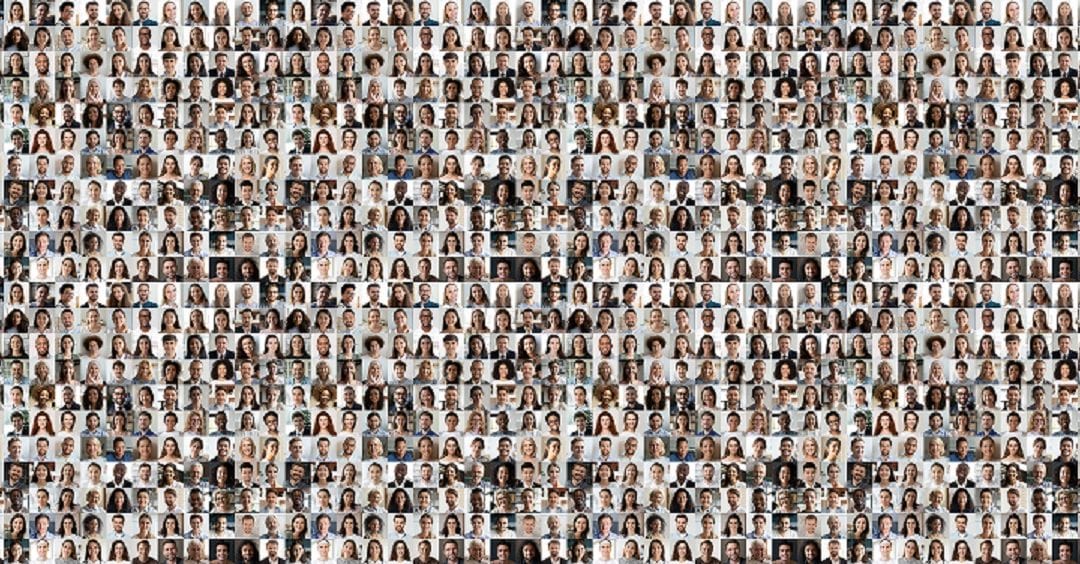People want to see the true diversity of their communities depicted more often – and more accurately – across many areas, including race, gender, sexual orientation and people with disabilities. These expectations apply to brands’ full range of marketing, including their online campaigns.
While there has been quite a bit of research examining diversity in traditional advertising, misrepresentation and underrepresentation in online advertising have not been looked at as closely.
I read an interesting article on Facebook IQ where they (Facebook) said they wanted to better understand people’s expectations of representation online and the impact of diverse and inclusive digital campaigns. They recently undertook a wide-ranging research project including a survey of 1,200 people, a review of more than 1,200 brand-lift studies and an analysis conducted with the Geena Davis Institute on Gender in Media of more than 1,000 Facebook video ads.
The goals were “to explore where things stand with representation, people’s attitudes towards diversity in online advertising and the impact of diverse and inclusive representation on digital campaign performance”.
For this week’s blog, we provide an overview of the findings and some key learnings for marketers. To explore the research in depth, read a Q&A with the researcher and download the white paper.
The results (unsurprisingly one might say, to be honest) indicate that negative representations are still present in online advertising, with some campaigns portraying people in stereotypical ways. When brands do address representation, it has a range of positive effects, including helping to drive purchases and loyalty. Some 59% of consumers polled said that they are more loyal to brands that stand for diversity and inclusion in online advertising, and 59% also said that they prefer to buy from brands that stand for diversity and inclusion in online advertising.
For example, the creative analysis found these gender-based issues:
- The majority (54%) of consumers surveyed said they do not feel fully culturally represented in online advertising and most (71%) expect brands to promote diversity and inclusion in their online advertising.
- Women are 14.1 times more likely than men to be shown in revealing clothing and are 6.9 times more likely to be visually or verbally objectified;
- Men are 2.4 times more likely than women to be presented as angry and 1.4 times less likely to be shown as happy.
- People with disabilities were severely underrepresented in online ads (present in only 1.1% of the ads examined) as were members of the LGBTQ+ community (0.3%).
- Online campaigns with more diverse representation tend to have higher ad recall compared with campaigns featuring a single traditional representation.

